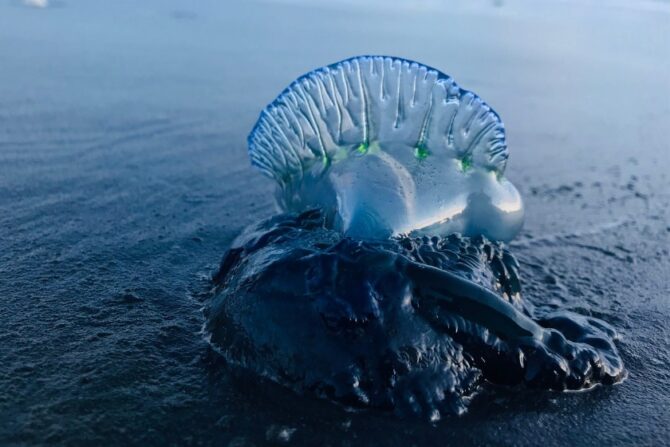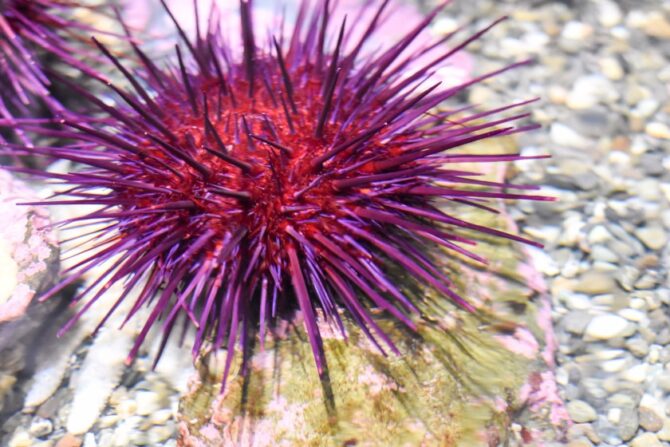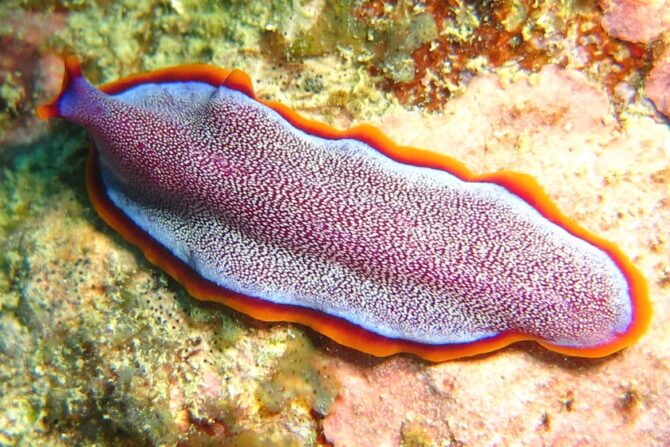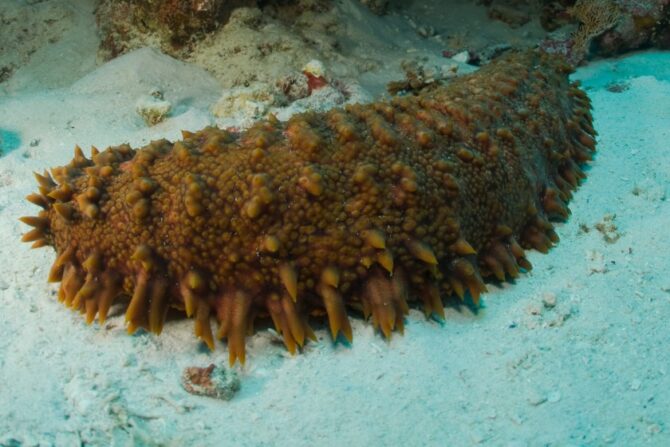The heart is an important part of many living beings because of its role in blood circulation.
To take away the hearts of these creatures is to kill them. Even more, some animals need more than one heart to live.
That being said, do you know there are animals without hearts? Strange as it sounds, some animals have no hearts and survive just fine.
Heartless animals include starfish, corals, brittle stars, sea urchins, sand dollars, sea lilies, and even the Portuguese man o war, among others.
Curious? You should be. Read on to discover interesting details about these species.
Real-Life Animals Without Hearts
1. Starfish (Asteroidea)

The starfish belongs to the class Asteroidea. As the name shows, the starfish is shaped like a star.
They can also be called asteroids, though not because of any resemblance with actual asteroids.
There are around 1,900 species found in oceans worldwide.
Starfish has no heart precisely because it doesn’t need it. This is because the starfish doesn’t pump blood but rather circulates seawater.
They do this by using a ring canal to band the branches.
2. Coral (Cnidaria)

The coral is of the Cnidaria phylum and the Anthozoa subphylum, inhabiting tropical oceans.
They are known to form colonies and also get hard skeletons from calcium carbonate.
Similar to starfish, corals don’t circulate blood. It rather circulates fluid, which doesn’t require a heart.
This and other characteristics make people think corals are plants, but they are animals.
3. Portuguese Man o’ War (Physalia physalis)

The Portuguese man o’ war is also simply known as the man-of-war, living both in the Atlantic Ocean and the Indian ocean.
It belongs to the genus Physalia, the only species within. The genus itself falls under the family Physallidae, the only genus within.
There’s a variant considered to live in the Pacific Ocean known as the Pacific man o’ war.
The Portuguese man o’ war does not need a circulatory system to survive, hence the absence of a heart.
It is made up of zooloids, a colony of interdependent individuals.
The Portuguese man o’ war survives through the diffusion of cells within his surrounding.
4. Brittle Star (Ophuroids)

The brittle star is also known as the serpent star and is part of the class Ophiuroidea.
It is related to the starfish and bears some resemblance. Brittle stars live deeply underwater and use their arms to move.
The brittle star is an aquatic animal, just like others on our list. In the place of a heart and a typical cardiovascular system, the brittle star has a water-vascular system.
5. Sand Dollar (Clypeasteroida)

The sand dollar goes by other names like the sea cookie and the snapper biscuit.
It belongs to the order Clypeasteroida, which is described as having varying levels of flat. They are related to sea urchins.
Sand dollars live at the bottom of the ocean and burrow into the soil. They also don’t need a heart and use vascular systems.
6. Sea Urchin (Echinoidea)

The relative of sand dollars is also an animal with no heart. It falls under the class Echinoidea comprising 950 species.
The sea urchin is found in every ocean, living on the sea bed. It is described as having spiny shells.
Sea urchins also have a water system rather than a circulatory system, also as a function of their aquatic habitat.
7. Flatworm (Platyhelminthes)

The flatworm is the common term for the phylum Platyhelminthes, all of which are invertebrates.
It is described as having a flat, soft body, which explains the name. There are 4,500 species.
Flatworms don’t have respiratory or circulatory systems, which is where the flat structure helps.
It enables them to diffuse nutrients and oxygen through their bodies.
8. Sea Cucumber (Holothuroidea)

The sea cucumber is under the Holothuroidea class, a group of aquatic animals that are described as having leathery skin and a long body like an actual cucumber.
There are around 1,717 species spread around the world. They can be eaten by humans.
In the place of a heart, sea cucumbers have ampullae that help them circulate fluid–as a heart does with blood–throughout its body.
9. Sea Lilies (Crinoidea)

The sea lily is also termed the crinoid, comprising the class Crinoidea.
Crinoids are under the same Echinodermata phylum as starfish, sea urchins, and brittle stars.
Crinoids were numerous but have now reduced to around 500 species.
Given its relatives, one can already deduce why the sea lily has no heart.
Living in an aquatic environment, they have a water vascular system that works on both circulation of water and the removal of waste.
10. Sea Anemone (Actinaria)

The sea anemone is an order of marine animals called Actiniaria.
The common name is from a beautiful terrestrial plant known as the Anemone. It falls under the order Cnidaria and is related to corals and jellyfish. It lives under a rock.
Following the pattern of every other creature on our list, the sea anemone is without a heart because it doesn’t need it to survive.
Conclusion
There is a similarity among all the creatures on our list. They are aquatic animals found at the bottom of the sea.
Rather than blood, they need water circulating in their bodies to survive. This is why they don’t have hearts or a blood circulatory system.






